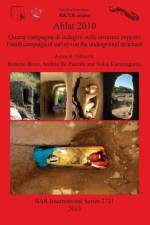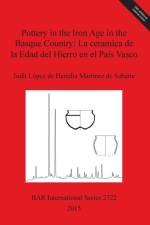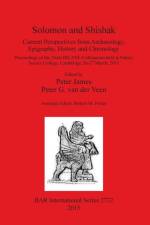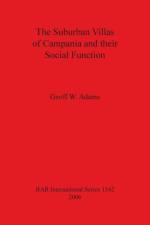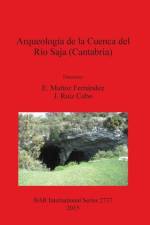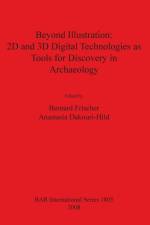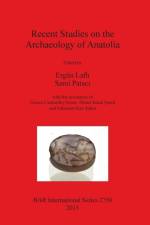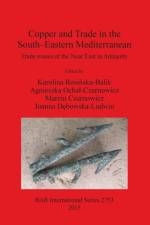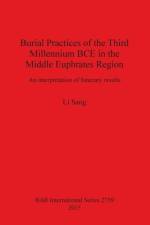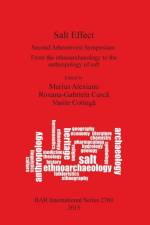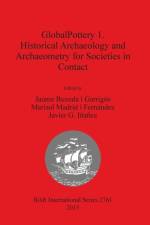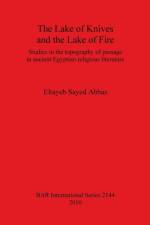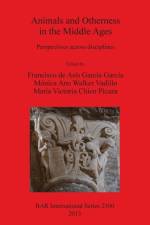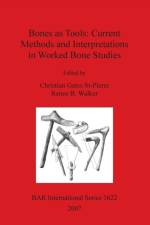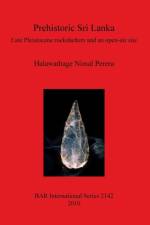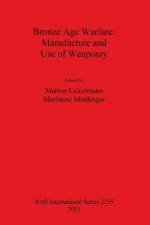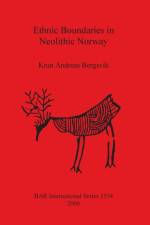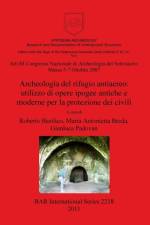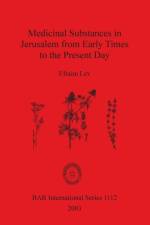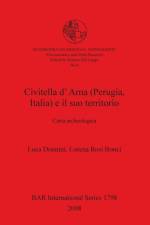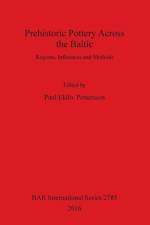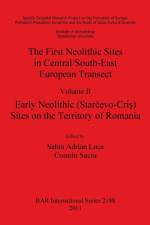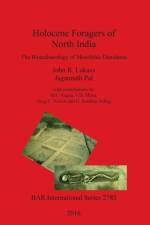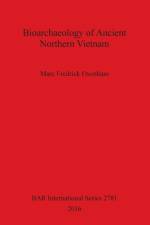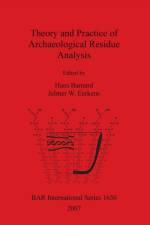- Una historia de colonialismo economico de principios del siglo XX
von Juan Manuel Cano Sanchiz
141,00 €
Cerro Muriano is a small population centre situated 16 km to the north of the city of Córdoba, between the municipalities of Córdoba and Obejo (Andalusia, Spain). This territory is situated over a large field of copper veins, which has been exploited by the different peoples and societies that have populated Córdoba's mountain range Sierra Morena. The mining and metallurgy of this red metal have been used to track the evolution of this site over time. This has produced much archaeological evidence, ranging from the Copper Age to the 20th century. From 1897 to 1919, the mines of Cerro Muriano were worked -with the new technologies brought by industrialisation- by four different, but closely related, English companies. These companies generated a complete mining settlement; a plant of considerable dimensions for washing and concentrating the minerals, calcining them, smelting them, and finally converting the matte into blister copper; and a populated complex of various neighbourhoods composed of houses, shacks and barracks. In addition, there was other infrastructure required to sustain a society (e.g., a school, canteen, theatre, church, hospital, etc.), buildings for work (e.g., offices and a laboratory), and other spaces for production, storage, and distribution. It was specifically the train that connected the city of Córdoba with the coal-mining area of Peñarroya-Belmez-Espiel which permitted the English to set up their business in a mountainous location. However, at the end of the 19th century, the train did not stop at Cerro Muriano; in fact, there was nothing to motivate the construction of a train station there: neither a consolidated population nor any important economic activity. Thus, one of the primary objectives of the initial English capitalinvestment was to bring the rail line to its properties. Therefore, mining and railways marked the origin of Cerro Muriano as we know it today. This study case of Cerro Muriano during the English period found that it was a faithful reflection of its time. Spanish mining in the late nineteenth and early twentieth centuries was heavily influenced by the involvement of foreign companies. This should not be seen as a distinctive feature of Spain as a whole, but rather as the result of an international situation in which mining underwent a kind of premature globalisation. It may be argued that the British Cerro Muriano was a standard product. In it, we can discern many of the features typical of the international expansion and industrialisation of mining and metallurgy operations: the key introduction of new technology in the exploitation of the mine, the fundamental importance of the railway, the eclectic nature of the whole in terms of the technology employed, and the creation of a mining village, in the town- planning and social senses. In short, Cerro Muriano is a good example of economically-colonialist mining activity that seems to show that the highly topical subject of globalization is not a new phenomenon, since the evolution of technology and the spread use of the same machines on an international scale -among other circumstances- facilitated the homogenization of the world we inhabit today.

